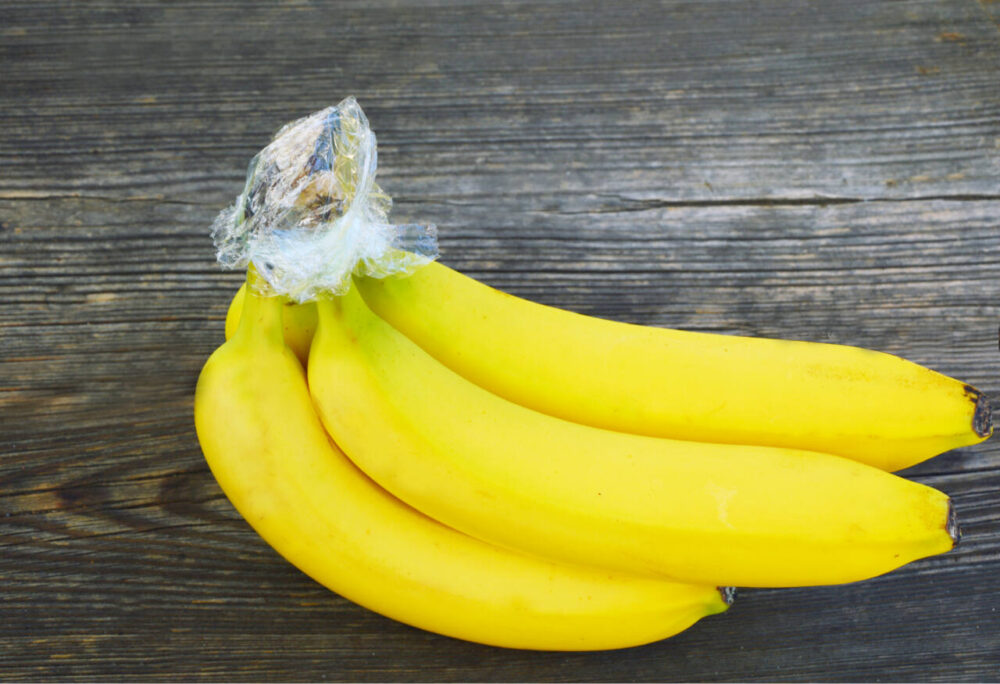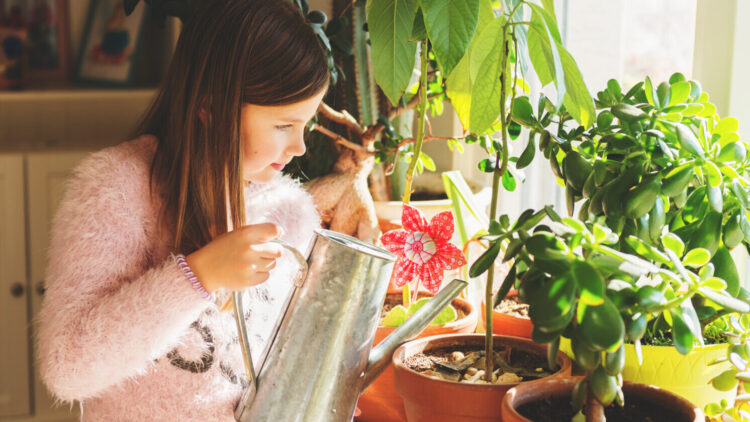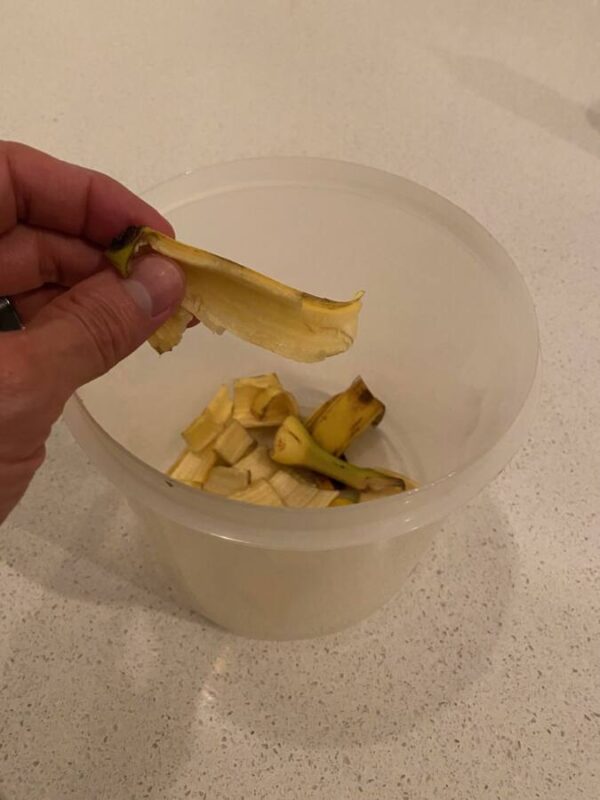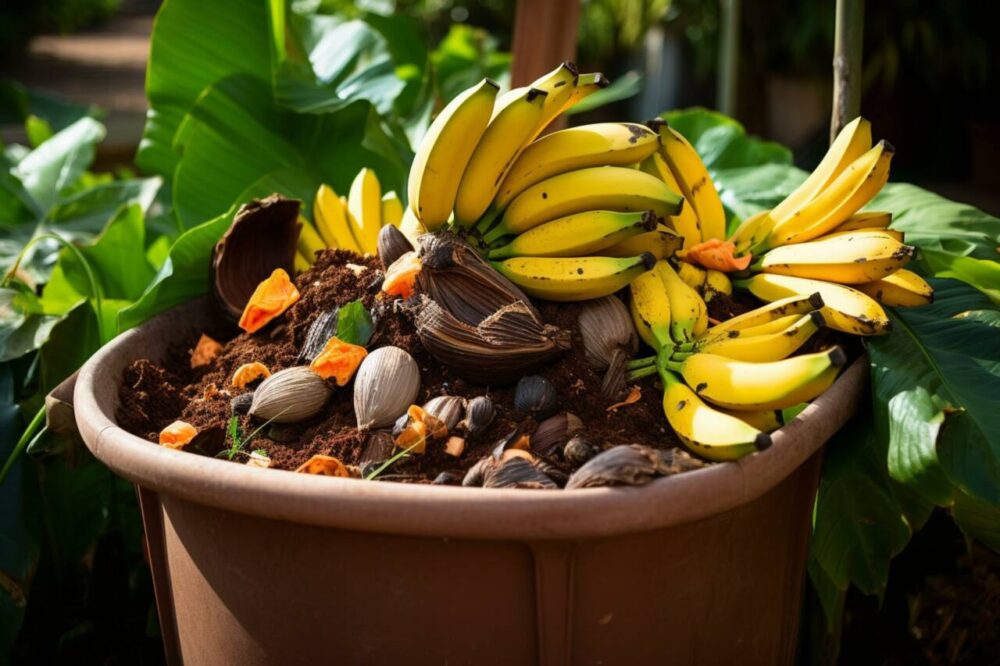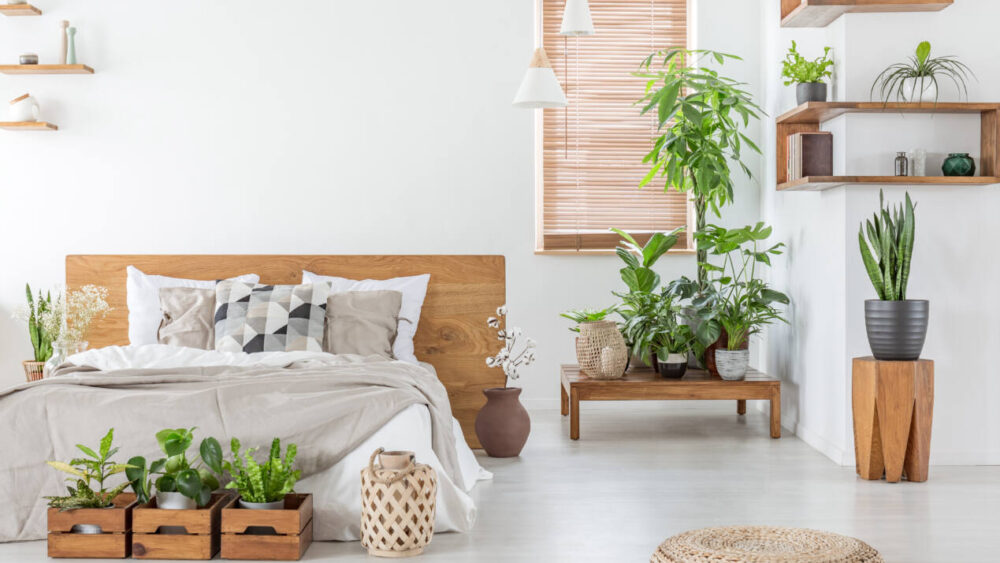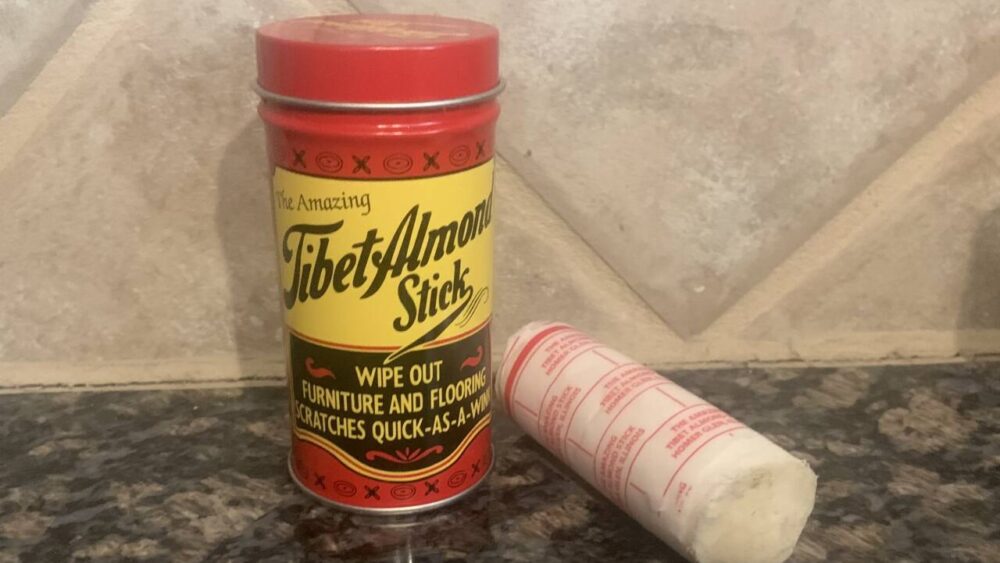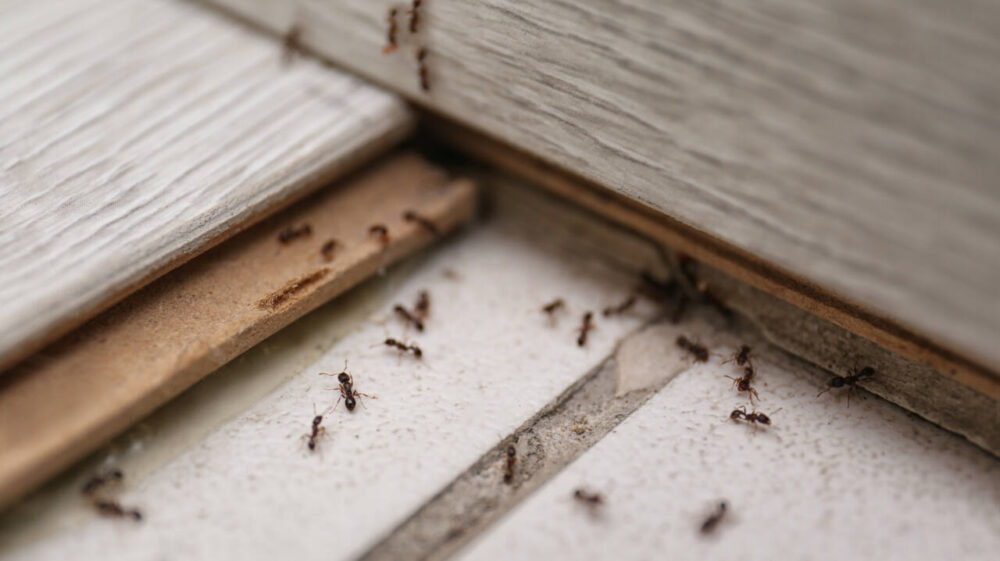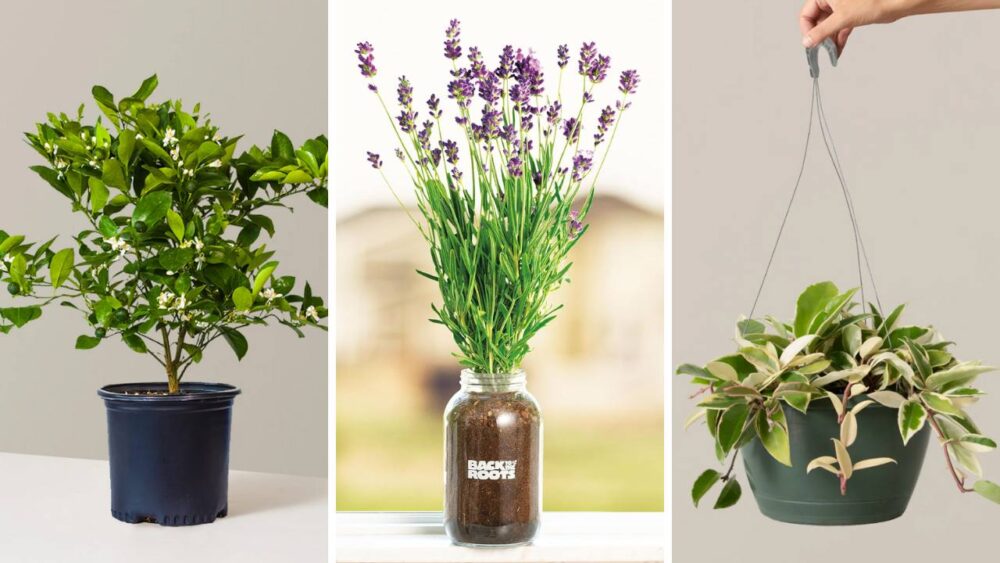Should you feed banana water to your plants? Here’s what to know
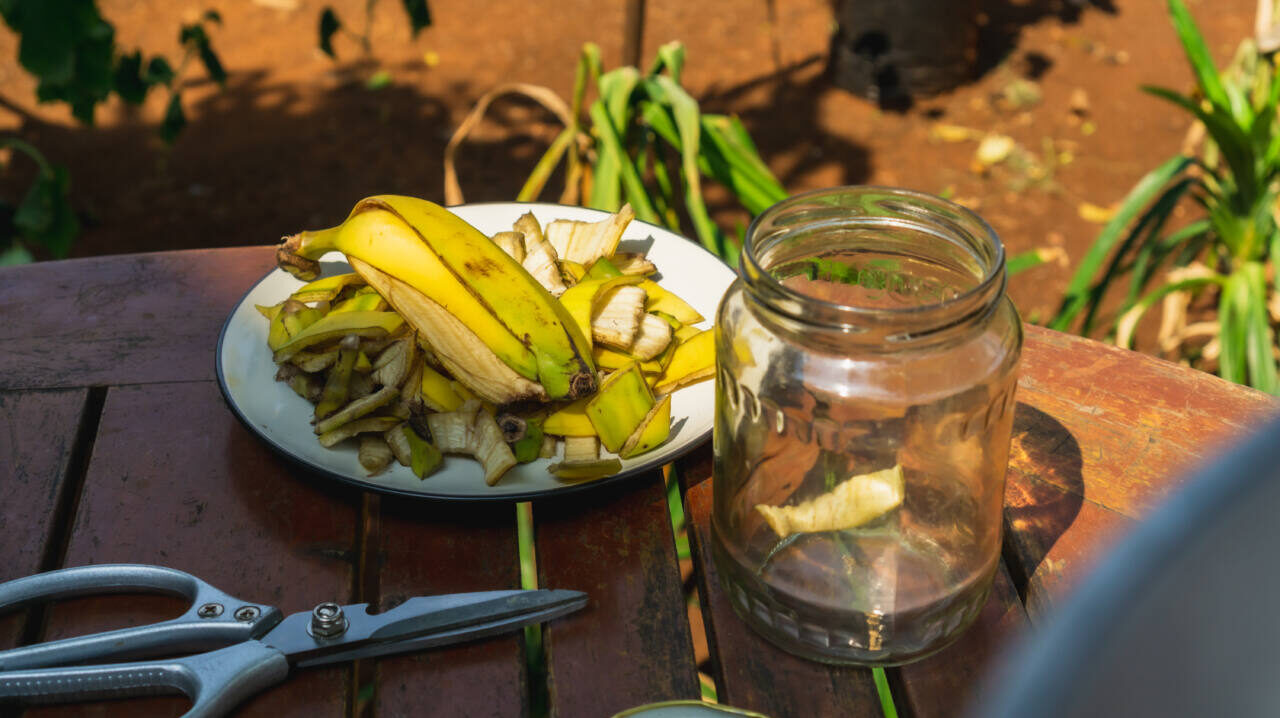
Humans are adding vitamins to their water all the time, but why should we get all the fun? There’s evidence to suggest that fortifying the water you use to feed your plants might be just as beneficial for them, and why not? If anything, plants rely on H2O even more than we do.
One fad that’s cropped up recently is banana water. You might have seen it mentioned in gardening hacks like this one from TikTok user @creative_explained.
@creative_explained Banana peels = magic for plants! 😳🌱 #tiktoktaughtme #tiktokpartner ♬ original sound – creative explained
Many gardeners are hydrating their plants with water steeped in banana peels to give the soil a little extra potassium, but does it actually work? How hard is it to do, and are there any risks? TikTok hype aside, the research isn’t there to support any definitive answers, but here’s what we do know.
MORE: 7 fruit trees you can easily grow inside
Banana Water for Plants: The Main ‘A Peel’
It seems like plants should love banana water for the same reasons health-conscious humans do. Bananas are a good source of magnesium and an even better source of potassium.
Potassium is one of the major minerals that our bodies need to function, but it’s even more important to plants. In fact, it’s one of the “big three” macronutrients (along with nitrogen and phosphorus) that all good fertilizer provides. Potassium contributes to the healthy growth of the entire plant and the root system in particular.
The idea is that by allowing your banana peels to soak, some of those minerals will leach off into the water, fortifying it. When you water your plants, that extra jolt of potassium then goes right into the roots where it’s needed the most. And while there haven’t been any scientific studies that establish exactly how much potassium can get delivered this way, using banana water certainly can’t hurt. Right?
MORE: 7 fragrant houseplants for a nice smelling home
Risks and Rewards
Here’s the thing: Even if you leave your bananas soaking for months, most of that precious potassium will stay in the peel. What actually has bled off into the water isn’t exactly a trace amount, but it’s not the most effective way to deliver minerals to your plant.
Remember when we said that most fertilizer already has potassium? It’s in there for a reason, and it’s one reason why you should be using fertilizer. By and large, roots absorb the nutrients they need from the soil — not the water. Water alone won’t release the potassium in banana peels.
That said, if you use banana water as a supplement and not a miracle drug for your plants, it can be beneficial.
That’s not to say there aren’t potential downsides. Plants aren’t the only things that love rotting bananas, and any trace amounts of the fruit that remain in your banana water can attract fungus gnats. These pests can be tough to get rid of once they make their home in your soil. If you see them start flying around, it may be time to repot your plant and stop using that fortified water — at least indoors.
You should also know that potassium isn’t the only thing that might be in your banana water. Conventionally-grown bananas are often sprayed with pesticides, which aren’t much of a health risk for humans since most of us don’t eat the peel.
MORE: What to plant in spring: Get started now on your garden
But if those pesticides leach into the water and then get directly poured into the soil? Results can vary for your little green friend. Some of those pesticides contain neurotoxins, which you definitely don’t want around the house. And if you’re growing basil, tomatoes or other edibles, they can even sneak into your diet.
When you make your water, it’s best to use organic bananas that are free from chemicals inside and out.
How to Make Banana Water for Plants
As you might imagine, banana water requires just two ingredients (bananas and water), but also a pinch of patience on your part. The longer you let your peels steep, the more potassium will be released.
The best way to make your banana water is to start saving your organic peels until they can fill up a jar. Cut them into small squares of about one inch to help them release their potassium faster and fit more into the jar.
To maximize that effect, you might even want to shred them smaller, but be careful if you decide to put them in the blender. You’ll eventually want the water free and clear from banana chunks. Even small ones that end up poured into your soil can decay, releasing an unpleasant smell and potentially attracting pests.
Pour some water over the bananas to fill up the jar, then cover it. Let the mixture sit for at least two or three days. By three weeks, the water should have absorbed all the potassium it can from the banana peels, and the water should be dark. Strain the mixture well (again, you don’t want any solids) and use the banana water in your regular plant-watering regimen.
Want to see results faster? You can always take the mix out of the jar after a couple of days and boil it, accelerating the steeping process the same way hot water works with tea leaves. After 30 minutes or so, you should have a concentrated version of banana water. Let it cool, then strain thoroughly before you mix it into your plant water. Use one part boiled banana water to five parts regular water.
MORE: 7 fruit trees you can easily grow inside
Banana Peel Composting: The Better Way to Feed Your Plants
So what do you do with those spent banana peels after you’re done? Put them on a compost pile to nourish the soil — which is the best way to give your plants a balanced diet. Composting is also a time-honored way to reduce waste. If you want to add fertilizer to deliver nutrients straight to the plants as well, you can — but if you use compost, you may not need to.
The Environmental Protection Agency has a great, step-by-step guide on how you can start composting with just a little space backyard, a compost bin, and a mix of the right organic materials. Essentially, if you layer non-meat, non-dairy food scraps (bananas, eggshells, coffee grounds) together with dry leaves, plant cuttings and/or paper in a one-to-three ratio, nature will do most of the work.
The process takes months, but the breakdown of all that waste results in free, fully organic plant food rich in all the minerals they need — not just potassium.


